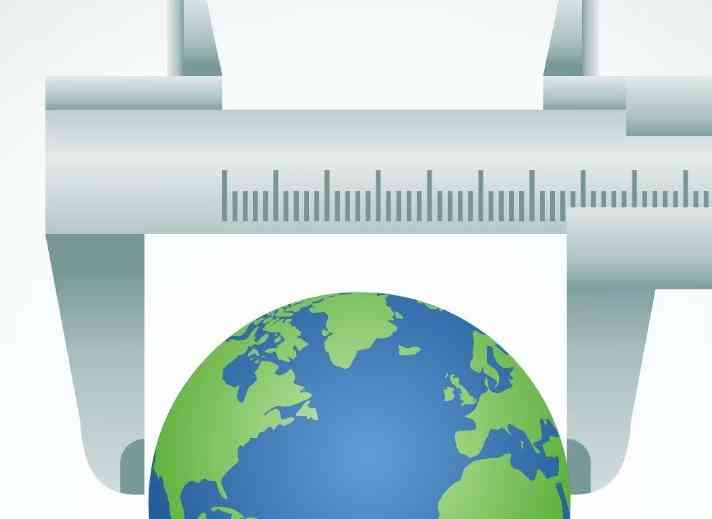|
International
Standard
ISO 7383-2
First edition
Fine bubble technology —
2024-07
Evaluation method for determining
gas content in fine bubble
dispersions in water —
Part 2:
Hydrogen content
Reference number
© ISO 2024
All rights reserved. Unless otherwise specified, or required in the context of its implementation, no part of this publication may
be reproduced or utilized otherwise in any form or by any means, electronic or mechanical, including photocopying, or posting on
the internet or an intranet, without prior written permission. Permission can be requested from either ISO at the address below
or ISO’s member body in the country of the requester.
ISO copyright office
CP 401 • Ch. de Blandonnet 8
CH-1214 Vernier, Geneva
Phone: +41 22 749 01 11
Email: [email protected]
Website: www.iso.org
Published in Switzerland
ii
Contents Page
Foreword .v
Introduction .vi
1 Scope . 1
2 Normative references . 1
3 Terms and definitions . 1
4 Principle and application . . 2
4.1 General .2
4.2 Titration (oxidimetry) method .2
4.3 Gas chromatography .2
5 Apparatus and materials . 2
5.1 Titration (oxidimetry) method .2
5.1.1 Reagent .2
5.1.2 Dropper or titrator .3
5.1.3 Clear vial .3
5.2 Gas chromatography .3
5.2.1 Vial and clamping machine .3
5.2.2 UFBs elimination .3
5.2.3 Carrier gases and column .3
5.2.4 Gas chromatograph .3
5.2.5 Measurement device for UFB size and concentration .4
6 Procedure . 4
6.1 Titration (oxidimetry) method .4
6.2 Gas chromatography .4
6.2.1 General .4
6.2.2 Sample sealing .5
6.2.3 UFBs elimination .6
6.2.4 Analysis of gas substitutes .6
7 Results and calculation . 8
7.1 Titration (oxidimetry) method .8
7.2 Gas chromatography .8
7.2.1 General .8
7.2.2 Calibration curve for hydrogen concentration measurement .8
7.2.3 Volume of the water sample in the vial .9
7.2.4 Volume of the headspace above the UFB dispersion in the vial .9
7.2.5 Pressure of the gas in the vial headspace .10
7.2.6 Hydrogen content in the vial head space .10
7.2.7 Hydrogen content in the vial water sample .10
7.2.8 Hydrogen content in association with each number concentration of UFBs and
dissolved hydrogen .11
8 Error of measurement .12
8.1 Titration (oxidimetry) method . 12
8.2 Gas chromatography . 12
8.3 Relative standard deviation of the gas chromatograph . 13
9 Test report .13
9.1 Testing results. 13
9.2 Testing conditions . 13
Annex A (informative) Example of test result at testing laboratory by titration (oxidimetry)
method . 14
Annex B (informative) Example of test result at testing laboratory by gas chromatography
using the capillary column . . 17
iii
Annex C (informative) Example of test result at testing laboratory by gas chromatography
using the packed column.20
Annex D (informative) Comparison of different vials when testing the hydrogen content by gas
chromatography .23
Bibliography .25
iv
Foreword
ISO (the International Organization for Standardization) is a worldwide federation of national standards
bodies (ISO member bodies). The work of preparing International Standards is normally carried out through
ISO technical committees. Each member body interested in a subject for which a technical committee
has been established has the right to be represented on that committee. International organizations,
governmental and non-governmental, in liaison with ISO, also take part in the work. ISO collaborates closely
with the International Electrotechnical Commission (IEC) on all matters of electrotechnical standardization.
The procedures used to develop this document and those intended for its further maintenance are described
in the ISO/IEC Directives, Part 1. In particular, the different approval criteria needed for the different types
of ISO document should be noted. This document was drafted in accordance with the editorial rules of the
ISO/IEC Directives, Part 2 (see www.iso.org/directives).
ISO draws attention to the possibility that the implementation of this document may involve the use of (a)
patent(s). ISO takes no position concerning the evidence, validity or applicability of any claimed patent
rights in respect thereof. As of the date of publication of this document, ISO had not received notice of (a)
patent(s) which may be required to implement this document. However, implementers are cautioned that
this may not represent the latest information, which may be obtained from the patent database available at
www.iso.org/patents. ISO shall not be held responsible for identifying any or all such patent rights.
Any trade name used in this document is information given for the convenience of users and does not
constitute an endorsement.
For an explanation of the voluntary nature of standards, the meaning of ISO specific terms and expressions
related to conformity assessment, as well as information about ISO's adherence to the World Trade
Organization (WTO) principles in the Technical Barriers to Trade (TBT), see www.iso.org/iso/foreword.html.
This document was prepared by Technical Committee ISO/TC 281, Fine bubble technology.
A list of all parts in the ISO 7383 series can be found on the ISO website.
Any feedback or questions on this document should be directed to the user’s national standards body. A
complete listing of these bodies can be found at www.iso.org/members.html.
v
Introduction
Hydrogen has recently attracted considerable research attention across several fields, such as agriculture,
food, environment, and medicine sciences, owing to its antioxidant capacity and zero-residual and ecofriendly
properties. Hydrogen concentration is a crucial parameter to ensure its successful hydrogen application.
At present, there are potential limitations regarding the application of hydrogen in living organisms,
such as accessibility, availability, and biological intake. For example, hydrogen exhibits low solubility,
with
...














